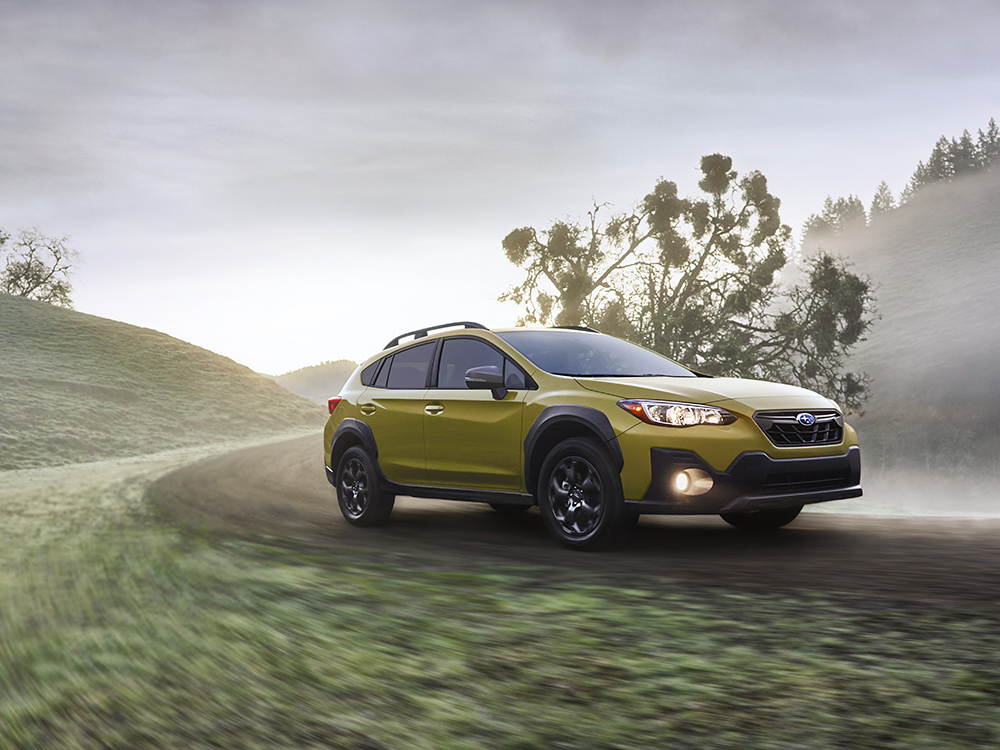
The Subaru XV is basically an Impreza hatchback made to look a little bit more rugged. Because of that, it also makes use of the same 2.0-liter engine as its sedan sibling. That’s pretty adequate here in the Philippines because vehicles spend more time crawling in traffic, but in the United States, the lack of oomph makes freeway-merging quite a challenge.
To this end, the American version of the XV (called the Crosstrek) gets some power bump. However, in this day and age of small-displacement turbocharged engines, Subaru decides that natural aspiration is still the way to go and shoves a bigger 2.5-liter nonturbo motor under the hood of its compact crossover.
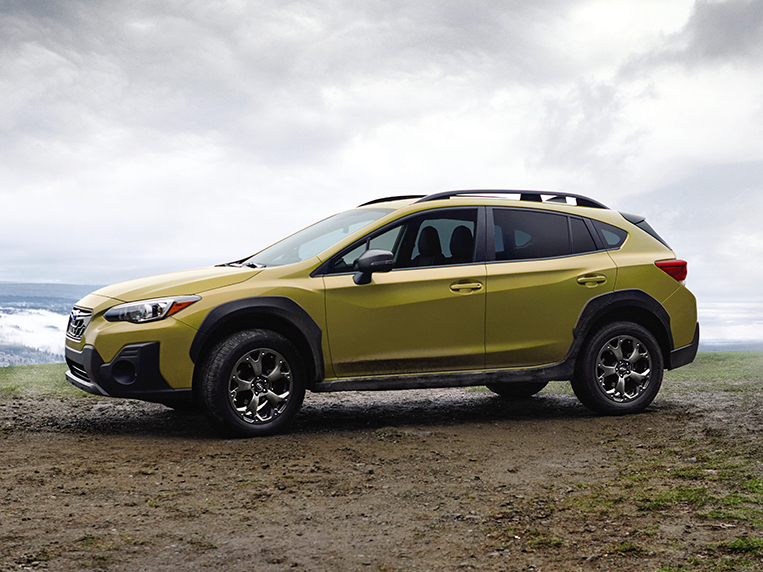
That’s right: The 2021 Crosstrek now has the same heart as that of the Forester. Maximum power is up from 152hp to 182hp, while torque has increased from 197Nm to 239Nm. It’s quite a healthy improvement as far as performance is concerned, and should allow the Crosstrek to easily negotiate uphill roads.
Aside from the engine upgrade, the Crosstrek Sport gets bespoke interior trim such as carbon-fiber accents and special urethane upholstery. It is also the first Crosstrek to be equipped with X-Mode to give the Symmetrical All-Wheel Drive system a fighting chance in rough terrain. All Crosstreks come standard with the Starlink infotainment system with Apple CarPlay and Android Auto.
I can see the merits of using a larger naturally aspirated engine for the Crosstrek instead of a smaller turbocharged lump
Now, I can see the merits of using a larger naturally aspirated engine for the Crosstrek instead of a smaller turbocharged lump. There is the obvious benefit of more power and torque, but it comes without the stress brought about by forced induction. In theory, not only will this make the engine last longer, the absence of a turbo also means there are fewer things to worry about. Additionally, naturally aspirated engines generally deliver power in a more linear fashion compared to turbocharged ones. This should come in handy when off-roading now that the top-tier Crosstrek comes equipped with X-Mode.
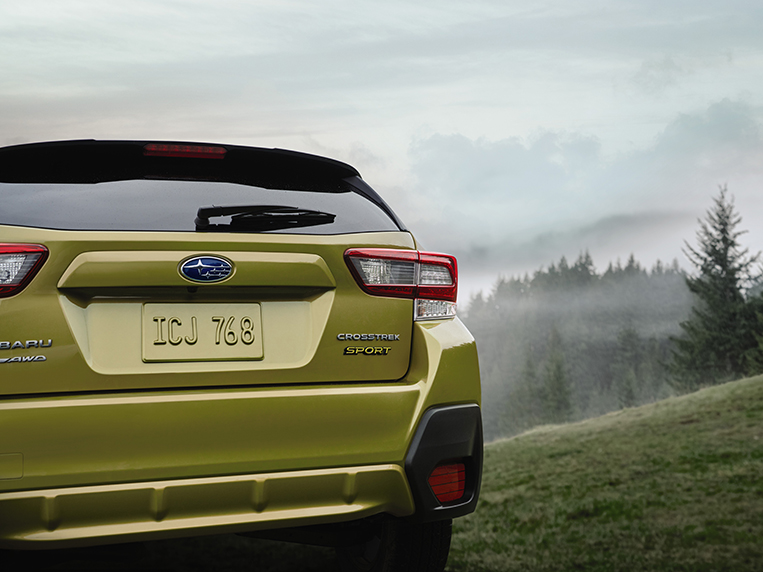
On the other hand, Subaru’s larger offerings—the Outback and the Ascent—are powered by a smaller 2.4-liter boxer with a turbo bolted onto it. Sure, 260hp is admittedly overkill for something as small as the Crosstrek, but I see no reason why it couldn’t be dialed down to something more manageable (like 200hp). Also, the WRX has a turbocharged 2.0-liter direct-injected engine that I believe could also be tweaked to produce less horsepower.
As for the Philippines, it is quite unlikely that there will be a 2.5-liter version of the XV, as the Forester continues to make do with the smaller 2.0-liter engine. But some of the Crosstrek’s competition in America—like the Kia Seltos and the Jeep Renegade—are motivated by turbo power, and I really think Subaru should seriously consider the move to smaller, forced-induced engines in lieu of larger, naturally aspirated ones.

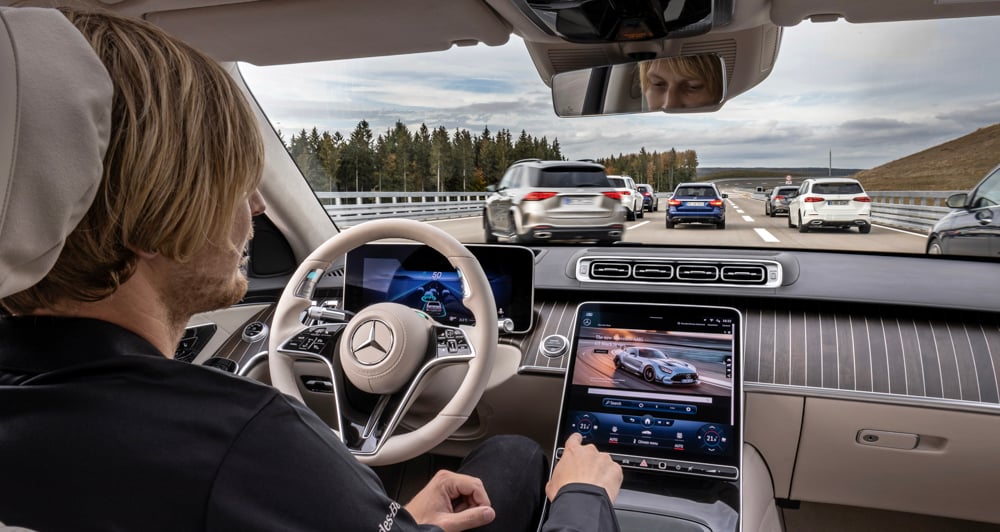
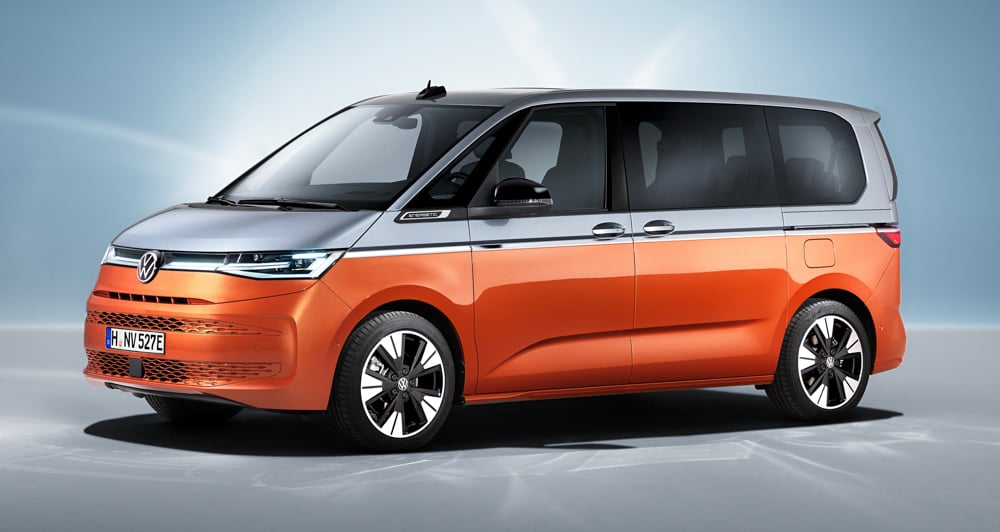
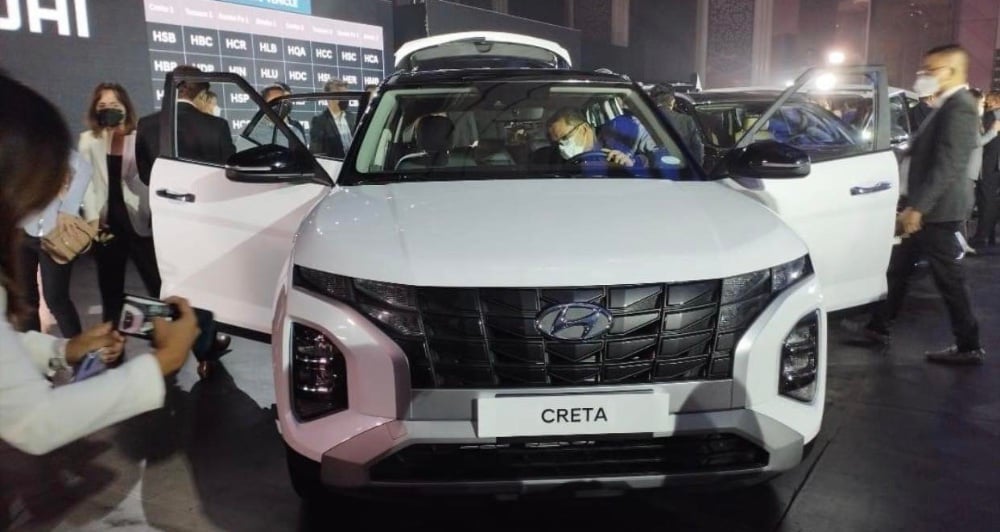
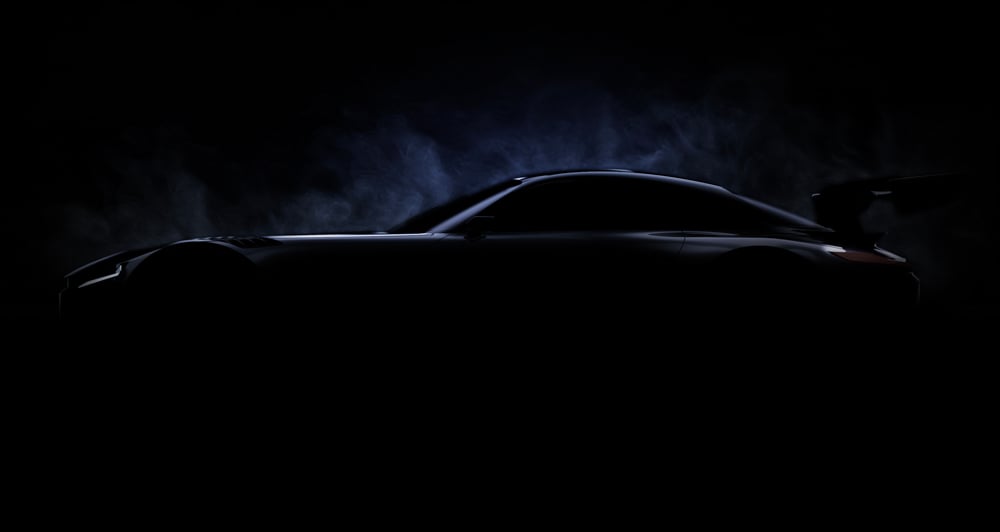
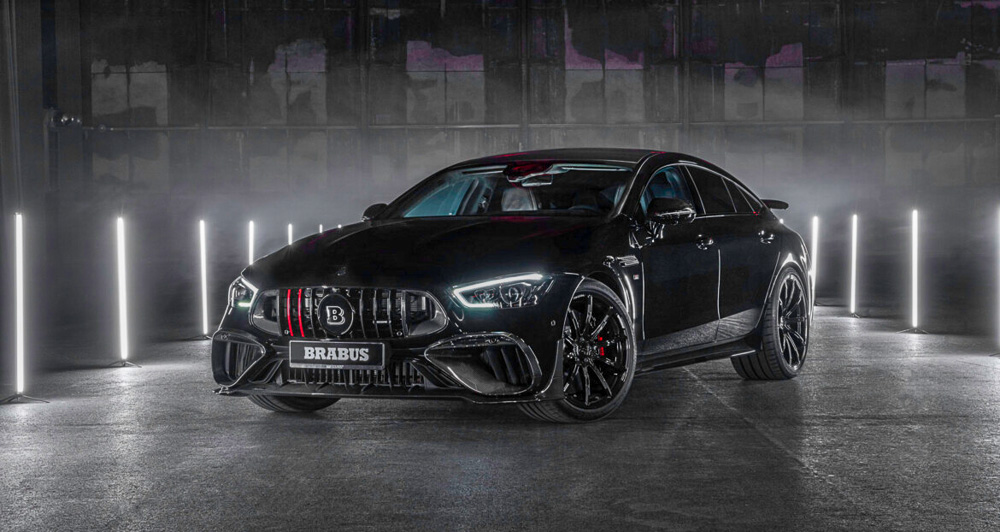
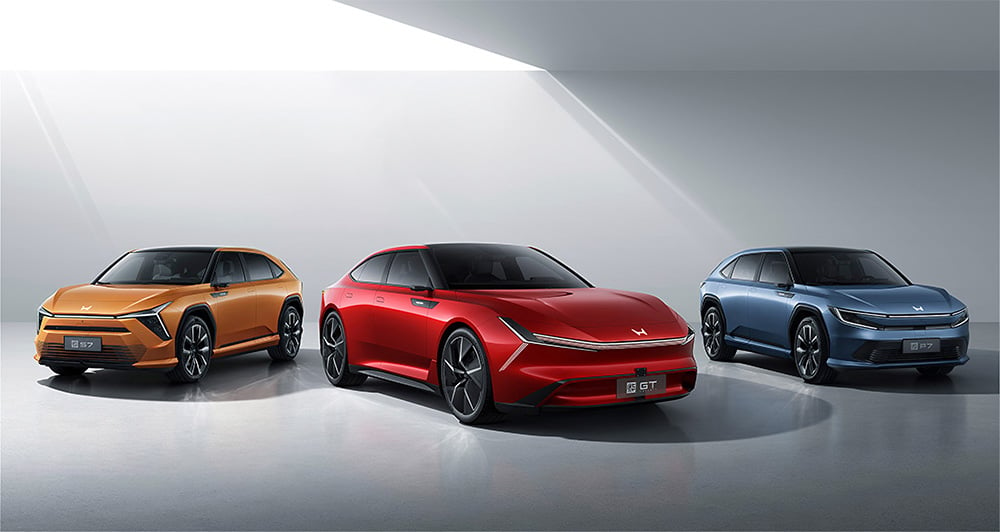


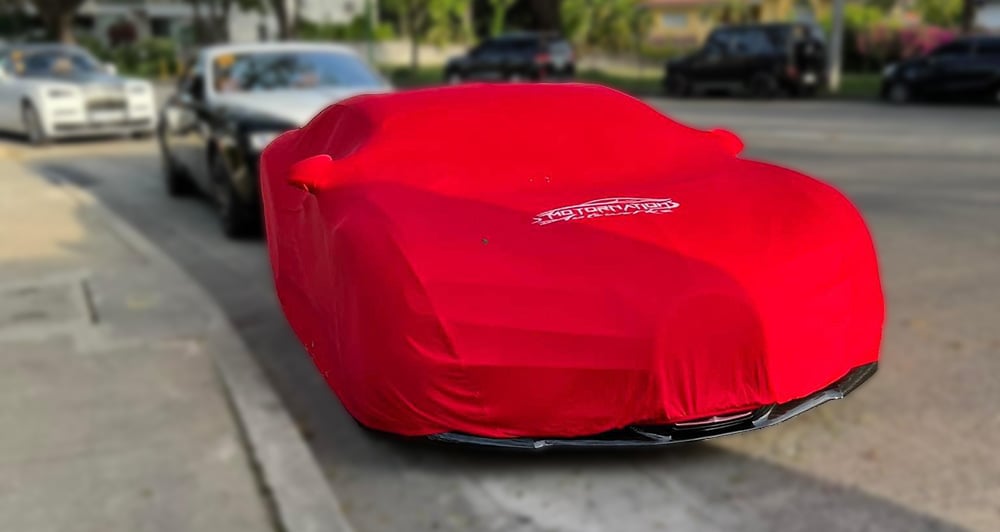

Comments